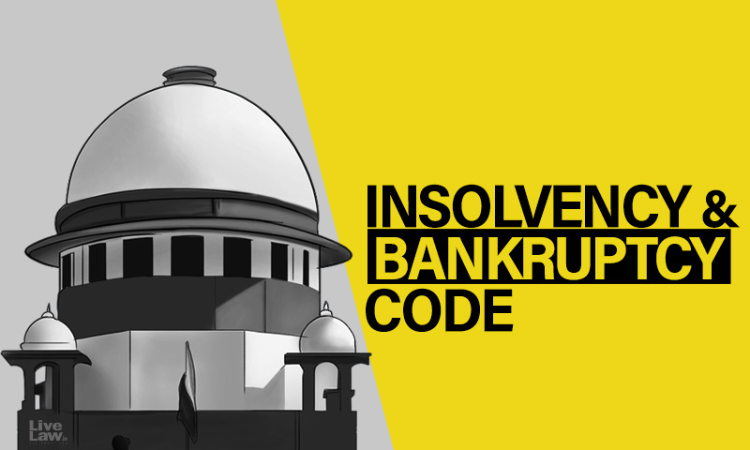The Supreme Court on Thursday heard the Centre in a batch of petitions challenging the constitutional validity of conditions introduced by the Insolvency and Bankruptcy Code (Amendment) Act, 2020, on the homebuyers' right to file insolvency petitions against defaulting builders. A Bench of Justices R. F. Nariman, Navin Sinha and K. M. Joseph heard arguments advanced by Additional...

